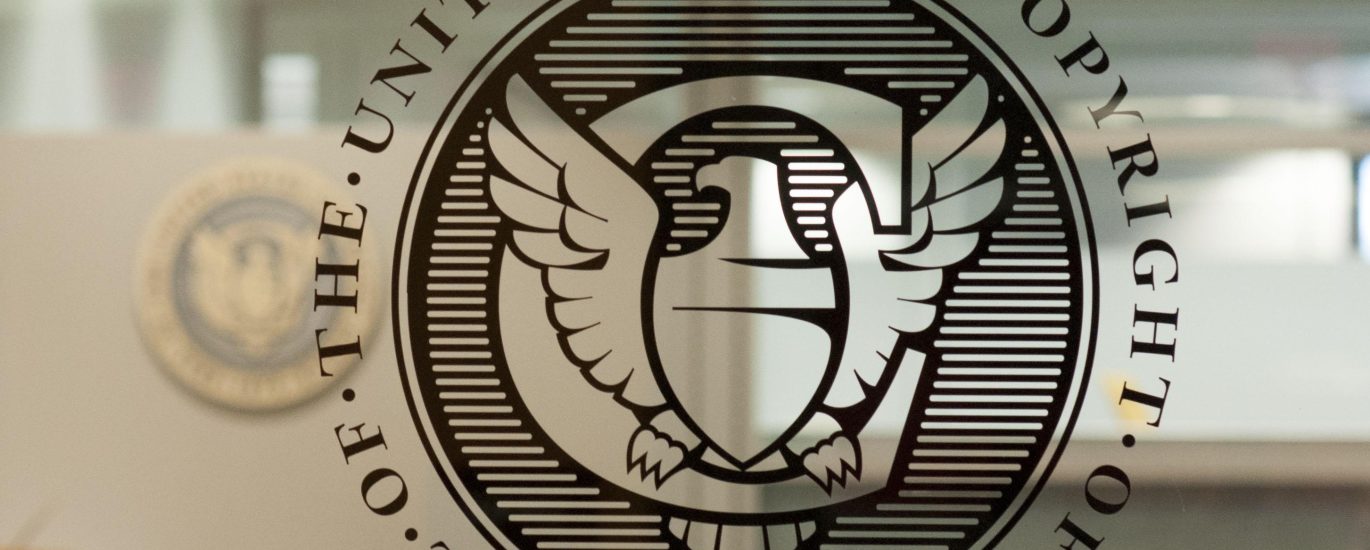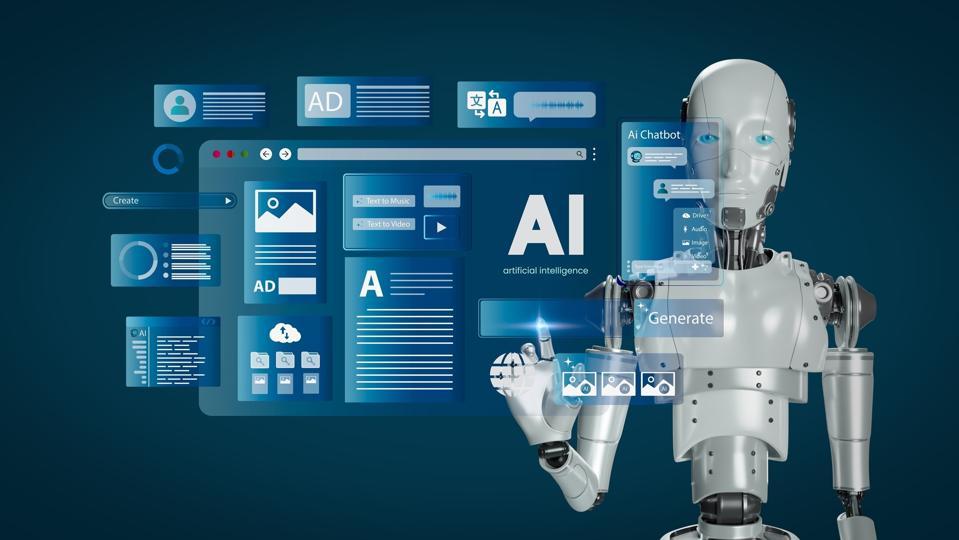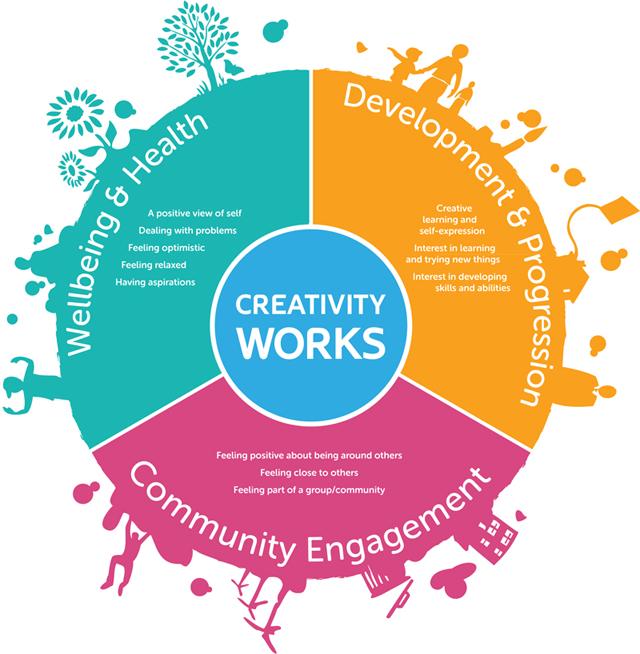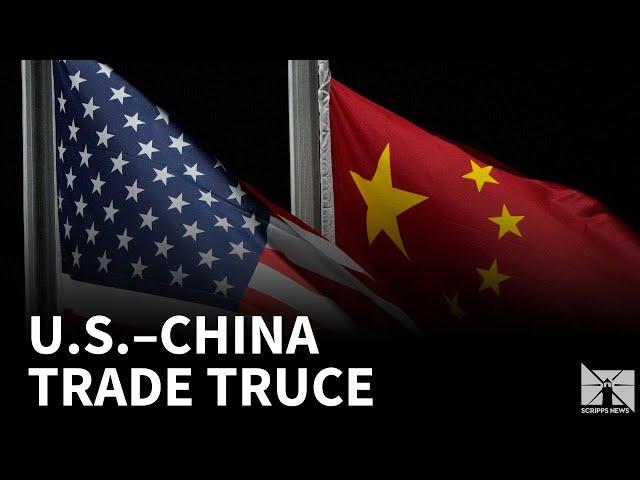



In an era where creativity intersects with cutting-edge technology, generative AI stands at the forefront, reshaping how art, literature, and innovation are conceived and produced. Though, as the boundaries between human creativity and machine-generated content blur, a new landscape of legal complexities emerges. The U.S. Copyright Office has recently underscored the legal risks inherent at every stage of generative AI advancement, raising critical questions about ownership, originality, and the protection of intellectual property. This article delves into the nuances of these risks, offering a complete overview of the legal framework surrounding generative AI, and exploring the implications for creators, technologists, and industries worldwide.As we navigate this uncharted territory, understanding the legal landscape will be essential for harnessing the full potential of generative AI without falling prey to legal pitfalls.
The intersection of generative AI and U.S. copyright law encapsulates a complex web of challenges and uncertainties. As innovative applications continue to emerge, understanding how copyright principles apply to AI-generated content is essential for creators and users alike. The U.S. Copyright Office has highlighted several key areas of legal risk throughout the development and deployment of generative AI technologies. These risks can arise from issues such as:
As organizations harness the creative potential of AI,they must navigate liabilities that may arise at each stage of the content creation process. Potential conflicts can evolve from not just the actual outputs, but also the datasets utilized to train AI systems. understanding the legal precedents and copyright provisions relevant to these technologies is critical for mitigating risks. Consider the following factors that underscore this evolving landscape:
| Factor | Description |
|---|---|
| Input Data | The copyright status of materials used in training AI models can affect the legality of generated content. |
| Content Output | Generated works may infringe upon existing copyrights if not managed correctly. |
| Market Impact | AI-generated works entering the market can disrupt conventional creative industries, leading to potential legal disputes. |

Generative AI development involves several phases, each fraught with unique challenges and potential legal risks that can jeopardize the project’s success. At the data collection phase, the fundamental risk lies in ensuring that the datasets used are compliant with copyright laws. Utilizing copyrighted materials without appropriate licenses can lead to significant legal repercussions.Additionally,the efficacy and bias of the collected data must be scrutinized,as biased data can lead to ethically questionable outputs and further complicate legal accountability. Other challenges include privacy concerns related to the data sources and the secure storage of collected information.
As the project moves into the model training and deployment phases, the risk landscape evolves. Developers must navigate issues of intellectual property concerning model outputs, which may inadvertently mirror copyrighted works. Furthermore, the generalization of AI models can raise concerns about originality and ownership of the generated content, leading to disputes over who holds the rights. It is essential to maintain clarity throughout this stage to mitigate misunderstandings and possible infringements. The interconnectedness of training data and model outcomes requires vigilant legal counsel to address potential liabilities promptly.

In an era where generative AI tools are reshaping the landscape of creative industries, safeguarding your intellectual property has never been more critical. First and foremost, creators should actively register their works with the U.S. Copyright Office. This not only offers a legal foundation for protection but also serves as a powerful deterrent against infringement. Additionally, implementing watermarking techniques can help preserve your authorship in digital formats, and creating detailed documentation of your creative process—from drafts to final product—can bolster claims of originality. To further fortify your position, consider using licensing agreements that clearly delineate how your work can be used by others, ensuring you maintain control over your creative output.
Moreover, staying informed about the evolving landscape of copyright law as it relates to AI-generated content is paramount. Maintaining a watchful eye on industry trends and technological developments can empower you to adapt your strategies accordingly. It’s advisable to collaborate with legal experts who specialize in intellectual property to assess and mitigate risks associated with new technologies. Regularly revisiting your digital rights management strategies will help you remain one step ahead in this rapidly changing surroundings. Below is a simple table outlining essential strategies for protecting your creative works:
| Protection Strategy | Description |
|---|---|
| Copyright Registration | Officially document your work to establish ownership. |
| Watermarking | Add visible marks to deter unauthorized use. |
| Licensing Agreements | Define how your work may be used by others. |
| Legal Consultation | Engage an expert to navigate copyright complexities. |

As the landscape of generative AI continues to evolve, innovators and creators must proactively understand and adapt to emerging legal frameworks. The U.S.Copyright Office highlights potential legal risks at various stages of the generative AI pipeline, emphasizing a need for robust risk management strategies. Creators can mitigate these risks by establishing a clear understanding of ownership rights, licensing agreements, and the implications of using copyrighted materials. To thrive in this dynamic environment, consider implementing the following strategies:
In navigating these complexities, creators should also consider collaborative models that harness shared knowledge and resources. This can foster a community-centric approach to innovation while ensuring compliance with copyright regulations. Below is a simplified table showcasing possible collaborative strategies:
| Strategy | Description |
|---|---|
| Joint Ventures | Partnering with other creators to share resources and insights. |
| Creative Commons | Utilizing licenses that allow for certain permissions while retaining ownership. |
| Community Engagement | Involving user feedback to adapt products while respecting legal boundaries. |
In an era where innovation dances hand in hand with intellectual property concerns, the U.S. Copyright Office’s recent insights serve as a clarion call for creators and developers alike.As generative AI continues to revolutionize artistic expression, the complexities surrounding copyright law loom large at every development stage. Navigating this uncharted landscape requires a careful balance of creativity and compliance, where the promise of AI can only be fully realized through an understanding of the legal frameworks in motion.
As we look to the future, it becomes imperative for stakeholders across industries to engage thoughtfully with these risks, to foster an environment where both technology and creativity can thrive harmoniously.The path forward may be fraught with challenges, but it also holds the potential for unprecedented collaboration and innovation. By remaining informed and proactive,we can harness the power of generative AI while respecting the essential rights of creators,ensuring that the digital frontier remains a vibrant space for artistic expression. So, as we close this chapter on the complexities of copyright and AI, let us step boldly into the future, armed with knowledge and a commitment to ethical progress.